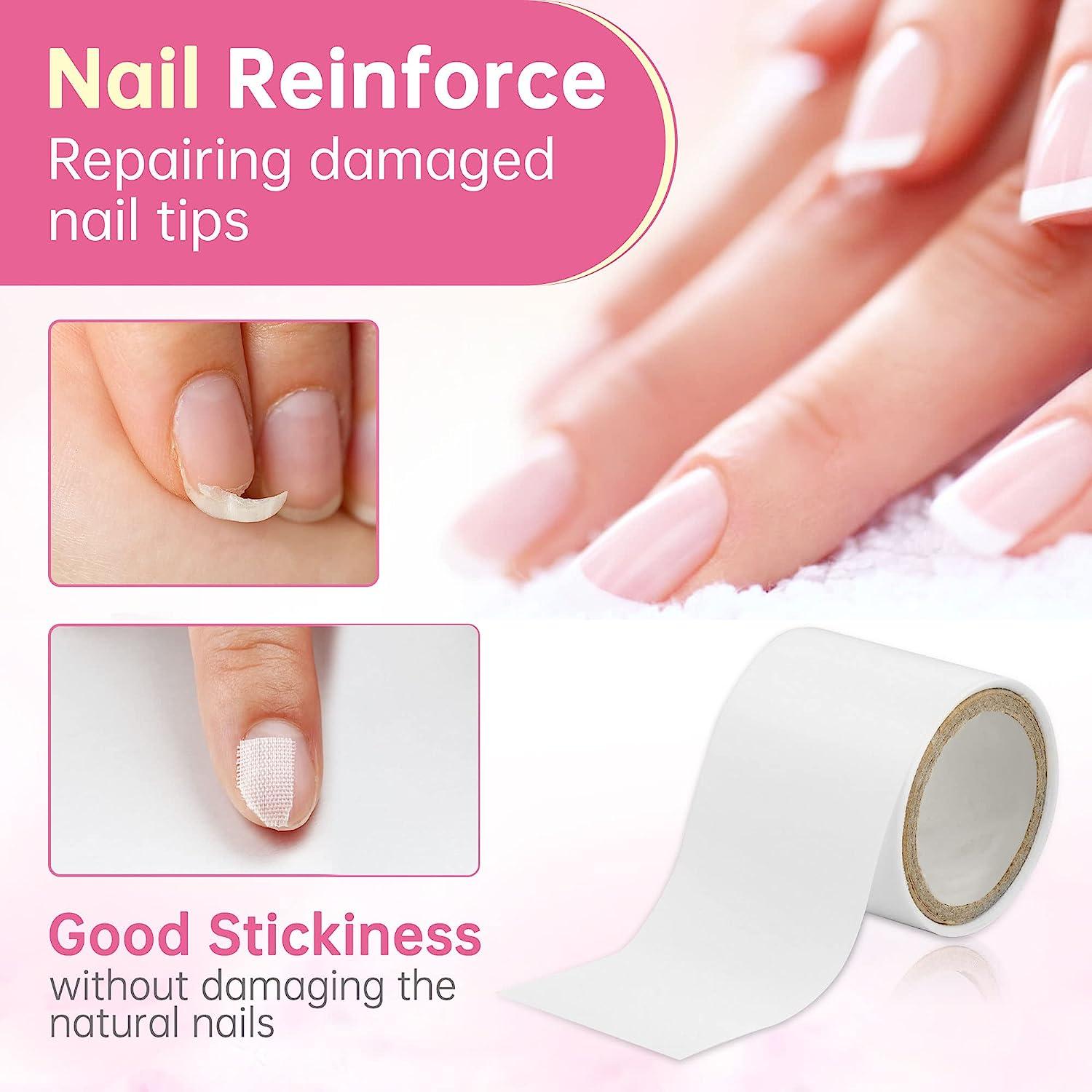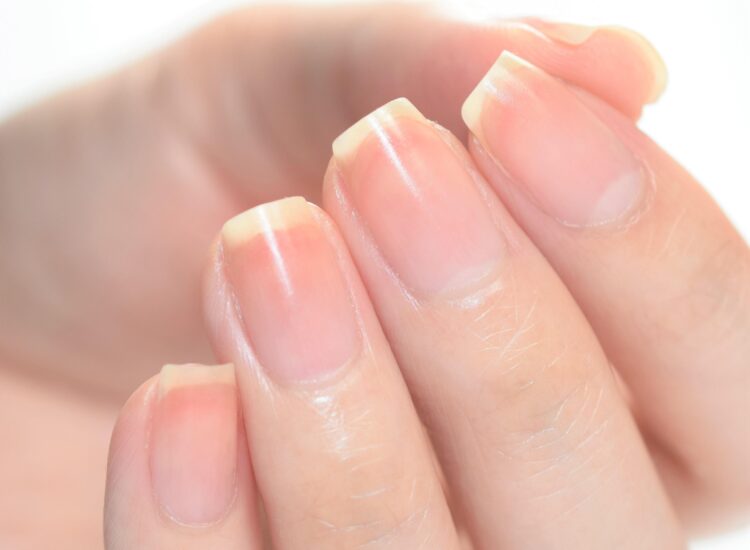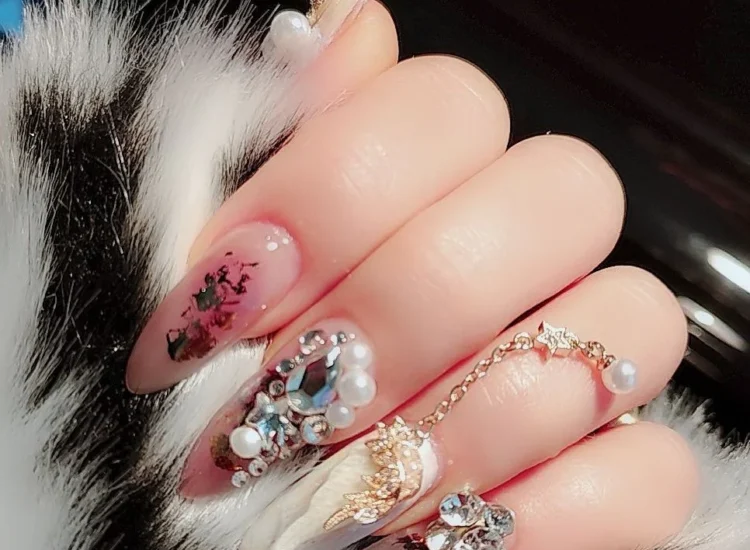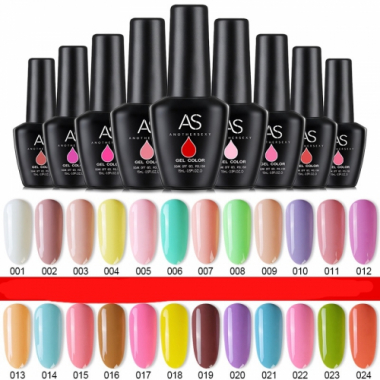The Fingertip Fashion of 2025: Exploring the World of Artificial Nails
Artificial nails have long been a staple in the beauty industry, offering a transformative way to enhance the appearance, length, and strength of natural nails. In 2025, the landscape of artificial nail options is more diverse and technologically advanced than ever before, catering to a wide range of preferences, lifestyles, and budgets. From the classic elegance of acrylics to the long-lasting shine of gels and the convenience of press-ons, understanding the different types of artificial nails is key to achieving the perfect fingertip fashion. Let’s delve into the popular choices you’ll find in nail salons today.
The Enduring Power of Acrylic Nails:

Acrylic nails remain a popular choice for their durability and versatility. This type of artificial nail is created by combining a liquid monomer with a powder polymer. The resulting mixture is then applied onto the natural nail, often over nail tips to add length, and sculpted into the desired shape. Once hardened, acrylics are incredibly strong and can withstand significant wear and tear.
Pros: Acrylics are known for their durability, making them a great option for those who are hard on their hands. They offer a high degree of customization in terms of length and shape, allowing for dramatic transformations. Compared to some other options, acrylics can also be relatively affordable.
Cons: The application process can involve a strong, distinct odor due to the chemicals in the monomer. Improper application or removal can potentially damage the natural nail bed, leading to thinning or weakening. Regular “fills” are required every two to three weeks as the natural nail grows out, which adds to the long-term cost and time commitment.
The Glossy Finish of Hard Gel Nails:

Hard gel nails have gained significant popularity for their durability and high-gloss finish. This type of artificial nail uses a thicker gel product that is applied in layers onto the natural nail or over tips and then cured under a UV or LED lamp. The curing process hardens the gel, creating a strong and long-lasting enhancement.
Pros: Hard gels are known for their exceptional durability and ability to add significant length and strength to the natural nail. They offer a beautiful, glossy finish that lasts for weeks without chipping. The application process is typically odorless, which is a significant advantage for those sensitive to chemical smells.
Cons: Removal of hard gel nails can be more challenging and often requires professional assistance to avoid damaging the natural nail. While durable, hard gels can sometimes feel less flexible than acrylics, which might lead to cracking under extreme stress.
The Long-Lasting Shine of Soft Gel (Gel Polish):

Related articles 01:
1. https://recipebox.vn/top-trending-nail-designs-a-guide-to-chic-and-eye-catching-styles/
2. https://recipebox.vn/nail-box-xu-huong-lam-dep-tien-loi-va-ca-tinh-cho-phai-dep-hien-dai/
5. https://recipebox.vn/nails-and-fashion-the-ultimate-accessory-for-self-expression/
Often referred to simply as gel polish, soft gel is a thinner, more flexible gel product that is applied like traditional nail polish and cured under a UV or LED lamp. Unlike hard gels, soft gel is primarily used to add long-lasting color and shine to the natural nail rather than to extend its length or add significant strength.
Pros: Gel polish offers a significantly longer wear time compared to traditional nail polish, often lasting for two weeks or more without chipping. It provides a high-gloss, salon-quality finish that remains vibrant throughout its wear. Removal is relatively easy, typically involving soaking the nails in acetone.
Cons: Soft gel does not add significant length or strength to the natural nail. It is primarily for enhancing the appearance of existing nails. While generally safe, improper application or removal can still lead to some nail damage.
The Durable Ease of Dip Powder Nails:

Dip powder nails have emerged as a favored option for their durability and relatively easy application process (compared to traditional acrylics). This method involves prepping the natural nail, applying a base coat, and then dipping the nail into a container of colored acrylic powder. This process is repeated in layers until the desired thickness and color intensity are achieved. A sealant and top coat are then applied for a smooth and glossy finish.
Pros: Dip powder nails are known for their durability and long-lasting wear, often rivaling acrylics. The application process is generally considered easier and faster than sculpting acrylics, making it a popular choice in salons. They also tend to have less odor compared to traditional acrylic monomers.
Cons: Dip powder nails can sometimes feel thicker on the nail compared to gel polish. There is also a potential risk of cross-contamination if the dipping powder is not handled hygienically, although many salons now use individual dipping containers for each client.
The Convenience of Press-On Nails:

Press-on nails have come a long way from the flimsy plastic tips of the past. Modern press-ons are often made from durable plastic or acrylic and come in a vast array of styles, colors, and designs, including intricate nail art. They typically have adhesive on the back and are simply pressed onto the natural nail.
Pros: Press-on nails are incredibly easy to apply and remove at home, making them a convenient option for temporary wear or special occasions. They are also generally very affordable and offer a wide variety of looks without the commitment of salon-applied nails. Some high-quality press-ons can even be reusable.
Cons: Press-on nails are generally not as durable as salon-applied options and may not last as long. They can sometimes look less natural, and finding the perfect fit for all nail shapes can be challenging.
The Natural Reinforcement of Silk or Fiberglass Wraps:
Related articles 02:
1. https://recipebox.vn/unleashing-nail-art-creativity-exploring-unique-and-unusual-nail-designs/
3. https://recipebox.vn/nails-and-fashion-the-ultimate-accessory-for-self-expression/
4. https://recipebox.vn/top-trending-nail-designs-a-guide-to-chic-and-eye-catching-styles/
5. https://recipebox.vn/the-essential-considerations-for-perfect-and-healthy-nails/

Silk or fiberglass wraps are a less common type of artificial nail primarily used to add strength to natural nails or to repair minor cracks and splits. This method involves adhering thin pieces of silk or fiberglass fabric to the natural nail using a special resin. Once applied, the fabric is buffed smooth, creating a natural-looking reinforcement.
Pros: Silk or fiberglass wraps can effectively strengthen weak natural nails and provide a smooth surface for polish application. They offer a very natural look and feel.
Cons: These wraps are not designed to add significant length and are not as durable as other types of artificial nails. They are often used as a temporary fix or for those who prefer a more natural enhancement.
Choosing the Right Type for You:
Selecting the best type of artificial nails depends on individual needs and preferences. Consider factors such as your desired look (length, shape, design), the level of durability you require, your budget, the condition of your natural nails, and the time commitment you are willing to make for application and maintenance.
The Importance of Proper Application and Removal:
Regardless of the type of artificial nails you choose, proper application and removal by trained professionals are crucial to minimize the risk of damage to your natural nails. Incorrect removal, especially of acrylics and hard gels, can lead to thinning, weakening, and even infection. It is generally advisable to have salon-applied nails professionally removed rather than attempting to do it yourself.
Trends in Artificial Nails in 2025:
In 2025, we continue to see trends in nail shapes like almond, stiletto, and coffin, as well as a growing demand for intricate nail art and personalized designs. Sustainable and non-toxic nail products are also gaining popularity. The ease and affordability of press-on nails are also driving innovation in this category, with more realistic and durable options becoming available.
Conclusion: A World of Nail Enhancement Options:
The world of artificial nails in 2025 offers a plethora of options to suit every style and need. From the enduring strength of acrylics and hard gels to the long-lasting shine of gel polish, the convenience of dip powder and press-ons, and the natural reinforcement of silk wraps, there is a type of artificial nail to help everyone achieve their desired look. By understanding the characteristics, benefits, and drawbacks of each type, and by prioritizing proper application and removal, you can confidently explore the exciting possibilities of fingertip fashion.







